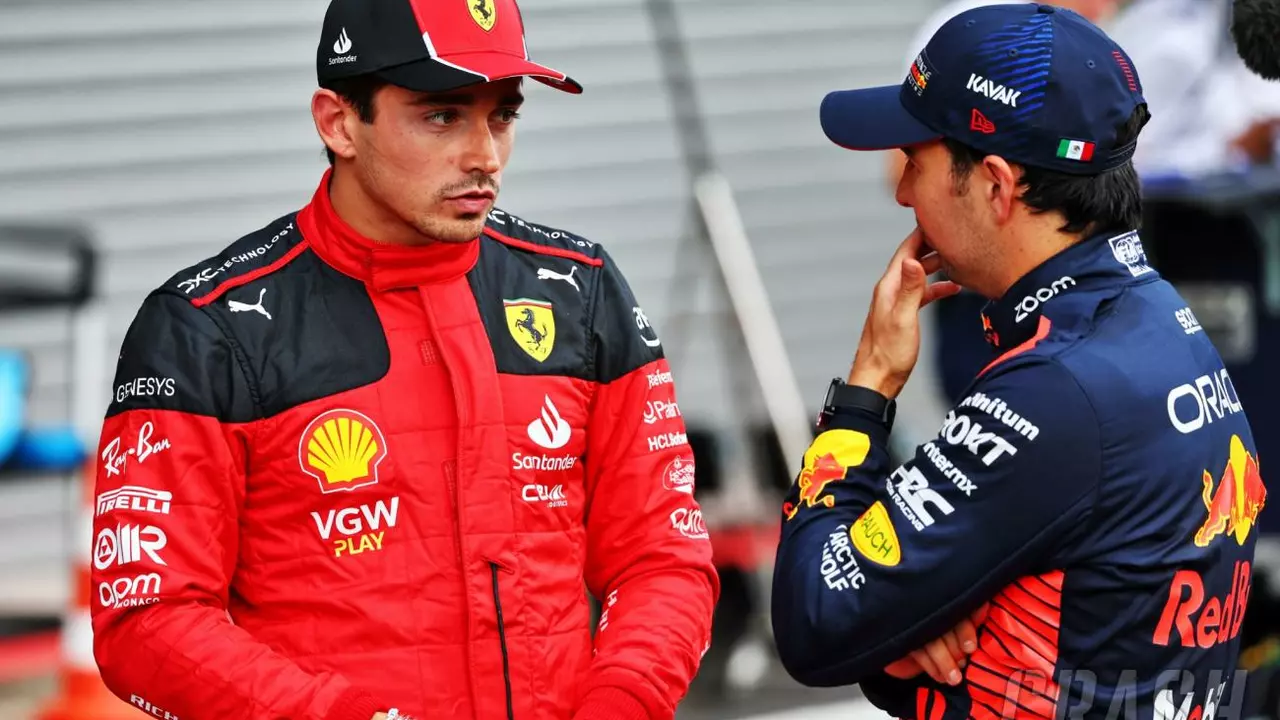Motorsport Terminology: A Simple Guide for Fans
If you’ve ever watched a race and felt lost when the commentator says things like “apex” or “downforce,” you’re not alone. Knowing the basic lingo makes the sport way more exciting and helps you follow the action without guessing. Below are the most common terms you’ll hear on track, in the garage, and around the paddock. Keep reading and you’ll sound like a seasoned fan in no time.
Common Track Terms
Apex – The innermost point of a corner. Hitting the apex lets the driver take the fastest line. Miss it and you’ll scrub off speed.
Braking Zone – The stretch before a corner where drivers start to slow down. Too early and you lose momentum; too late and you risk an off‑track.
Chicane – A tight, quick left‑right (or right‑left) sequence used to slow cars on a fast straight. It tests a driver’s reflexes.
Hairpin – A very sharp 180‑degree turn. Cars crawl through it and then blast out onto the next straight.
Kerb – The raised edge on the outside of a corner. Riding over it can upset the car’s balance, but daring drivers use it to gain a few extra meters.
Car and Driver Lingo
Downforce – The aerodynamic push that squeezes the car to the ground. More downforce means better grip, especially in corners.
Torque – The twisting force that makes the wheels turn. High torque gets you off the line quickly.
RPM – Revolutions per minute of the engine. Drivers watch the RPM gauge to know when to shift gears.
Slip Angle – The angle between the direction a tire is pointing and the direction it’s actually moving. Managing slip angle helps drivers keep the car stable.
Oversteer – When the rear of the car wants to spin out. It feels like the car is pulling the rear wide in a corner.
Understeer – When the front wheels lose grip and the car pushes wide. The feeling is the car refusing to turn enough.
Understanding these words gives you a front‑row seat to the strategy behind every overtake and every pit stop. When a commentator says, “He’s battling high‑downforce at the end of the lap,” you’ll know they’re talking about the car’s grip pushing it to the track, making it easier to hold speed through the final corners.
Want to keep learning? Watch a race with the commentary on, pause whenever a new term pops up, and look it up right then. The more you connect words with what you see on screen, the faster they’ll stick.
Now that you’ve got the basics, you’re ready to enjoy races on a deeper level. Next time you hear “he’s on a perfect apex line,” you’ll picture the driver clipping the inside of the corner, carving out the fastest possible route, and gaining precious tenths of a second. That’s the power of knowing the terminology – it turns a noisy sport into a readable story.
Why is it called pole position in racing?
Well, folks, let's dive into this racing jargon! "Pole position" - sounds fancy, right? It's actually pretty simple! The term originates from horse racing, where the fastest steed was given the 'pole' position, right next to the inside rail. In car racing, it's similar - the speediest hot rod in qualifying rounds nabs the 'pole position', the prime spot on the grid. So, if you hear "pole position," think "speedy Gonzalez on wheels!"



